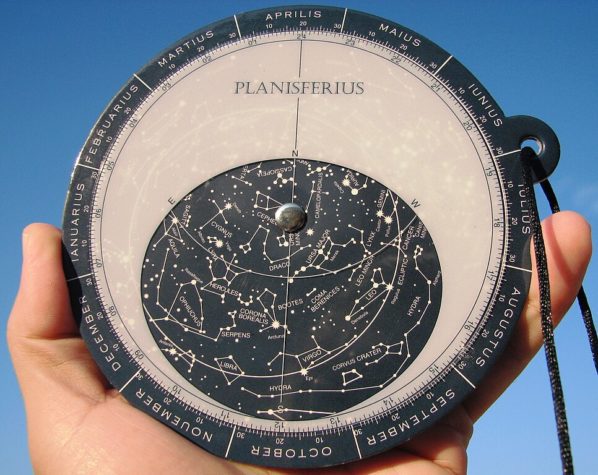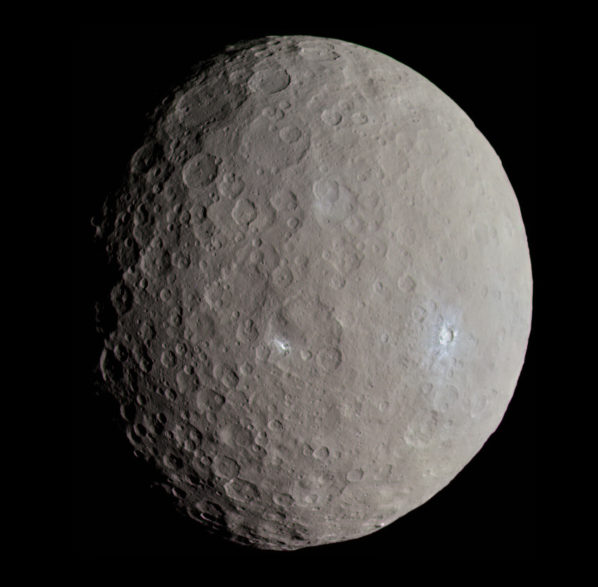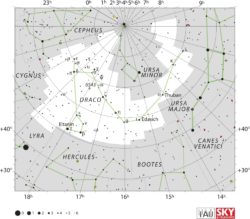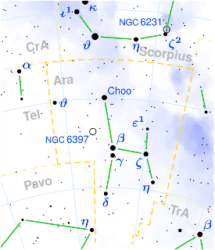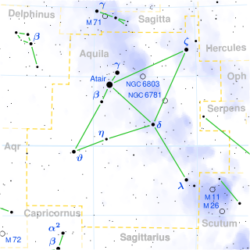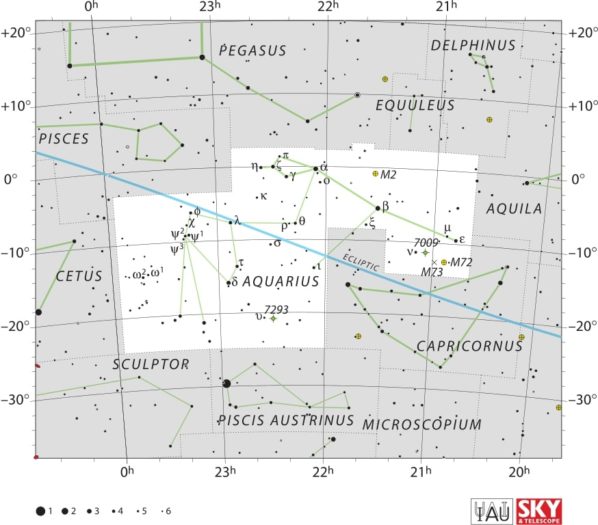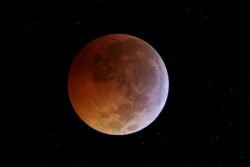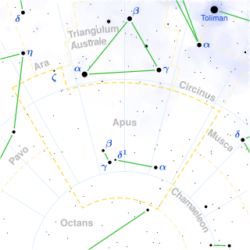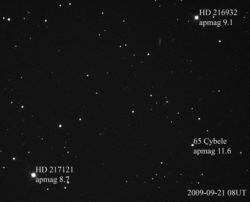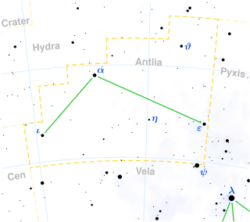Stargazing Made Simple: How to Use a Planisphere
Discover how to use a planisphere for effortless stargazing and constellation identification. Explore the night sky with ease using this step-by-step guide to navigating the cosmos.
What is Celestial Navigation?
We've been dreaming of the stars for longer than we can remember, staring up at the twinkling lights that fill the night sky and wondering what they are. We've even written songs about them. Centuries ago, before the advent of GPS, explorers and adventurers relied on celestial navigation to help them map a path to their destination. What is celestial navigation, how does it work and when was it relied upon?
Stargazing Calendar for March 2023
Hello fellow stargazers! This month we only have one small meteor shower, but instead we can look forward to a comet visiting the inner solar system (just barely) and more interestingly two dwarf planets at opposition - Ceres and Makemake.
Stargazing Calendar for December 2022
This month of December 2022, we will be visited by an interesting comet from the depths of the Oort cloud, we will be showered by up to 120 meteors per hour during the Geminid meteor shower peak, and we will be able to observe Mars and Mercury under great conditions.
Monthly Stargazing Calendar for October 2015
On October 8 we will witness the Draconids meteor shower. It is a minor meteor shower producing only about 10 meteors per hour originating from dust grains left behind by comet 21P Giacobini-Zinner, which was first discovered in 1900. The Draconids is an unusual shower in that the best viewing is in the early evening instead of early morning like most other showers.
Ara Constellation
Explore the Ara constellation with its mythological roots, notable stars like Beta Arae, a star with planets, and fascinating deep-sky objects.
Aquila Constellation
Discover Aquila, the eagle, in Greek mythology. Explore its notable stars like Altair and Alshain, as well as intriguing deep-sky objects.
Aquarius Constellation
Explore the constellation Aquarius, the water-bearer. Discover its mythology, notable stars like Gliese 876, and captivating deep-sky objects like Messier 2.
Monthly Stargazing Calendar for June 2011
On June 15 there will be a total lunar eclipse which will be visible throughout most of South America, Europe, Africa, Asia, and Australia. Unfortunately it will not be visible in North America. Here is a map with the exact areas where the lunar eclipse can be witnessed…
Apus Constellation
Apus is a faint constellation in the southern sky. Its name means “no feet” in Greek and it represents a bird-of-paradise, which were once believed to have no feet. It was one of the twelve constellations created by Petrus Plancius in the late 16th century. The first known depiction of the constellation in a celestial atlas was in Johann Bayer’s Uranometria of 1603. Bird-of-Paradise after which the Apus constellation was named. Credit & Copyright: Roderick Eime. For more constellations see the Constellations Guide.
Introduction to Astronomy – Apparent magnitude
Yesterday I have used the term “apparent magnitude” in my article about the Antlia Constellation. Since some of you may be new to astronomy, I decided to start a new series of articles to introduce you to the topic. Each article of the series will focus on one scientific term used in astronomy. The series will not be a regular one: I will only write an article after using a complicated astronomy term that some of you would need me to explain. Definition The apparent magnitude (noted as m) of a celestial body is a measure of its brightness as seen by an observer on Earth. Since the apparent brightness…
Antlia Constellation
Antlia is a constellation in the southern sky and therefore has been unknown to the ancient Greeks and Romans. Its name means “pump” and it specifically represents an air pump. It was created by the French astronomer Abbé Nicolas Louis de Lacaille, who created fourteen constellations for the southern sky to fill some of the faint regions. He originally named it Antlia pneumatica to commemorate the air pump invented by the French physicist Denis Papin. It was later adopted by the International Astronomical Union as one of the 88 modern constellations under the shortened name of Antlia. Main Stars and Deep Sky Objects The Antlia constellation has no bright stars.…

